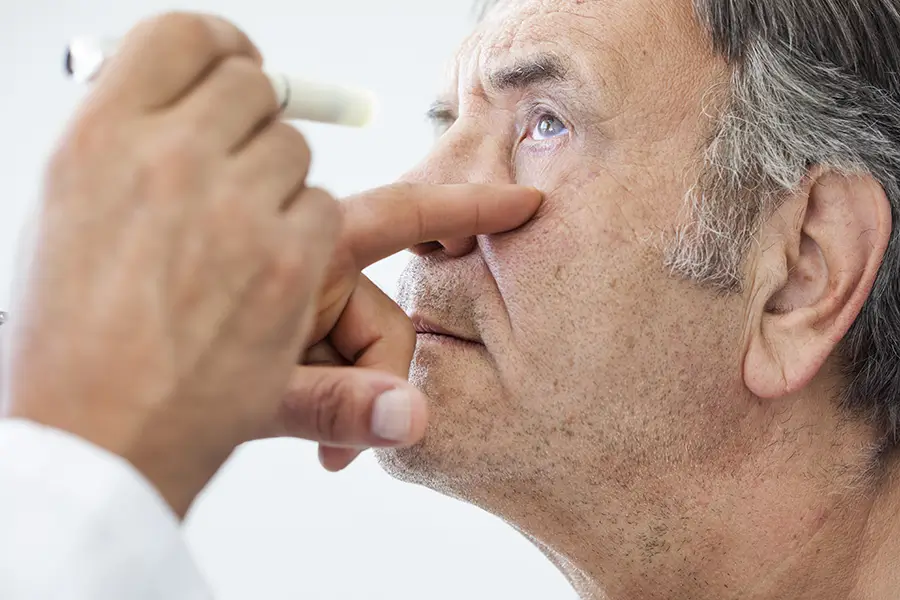Home » What are the Symptoms of Glaucoma?
Glaucoma is a group of eye conditions that damage the optic nerve, the cable-like structure responsible for transmitting visual information from the eye to the brain. This damage is often caused by abnormally high pressure inside the eye. It is one of the leading causes of blindness for people over 60, though it can affect individuals of any age. As the condition progresses, individuals may experience changes in their vision and quality of life that can be challenging to navigate.

The experience of living with glaucoma can vary depending on the stage of the condition, the type of glaucoma, and the individual’s response to treatment. In the early stages, glaucoma may have little to no noticeable symptoms, leading to a sense of normalcy in daily life. Many people may not realize they have glaucoma until the condition has advanced, leading to permanent vision loss. Some common symptoms include:
Early detection of glaucoma is essential to prevent or limit vision loss. Comprehensive eye exams are crucial in diagnosing the condition, and they typically include:
While glaucoma-induced vision loss cannot be reversed, there are several treatment options available to slow or halt the progression of the disease:
After receiving treatment for glaucoma, patients must remain vigilant about their eye health. Regular follow-up visits to the ophthalmologist are essential to monitor intraocular pressure and assess the effectiveness of the treatment. Patients should also adhere to their prescribed medication regimen and promptly report any changes in their vision or eye comfort.
In addition to medical treatments, certain lifestyle adjustments can contribute to better eye health and potentially slow the progression of glaucoma. These may include:
After being successfully treated for glaucoma, patients often experience a range of emotions and improvements in their quality of life. It is essential to note that the success of the treatment is often measured by its ability to slow or halt the progression of the disease and prevent further vision loss. While glaucoma-induced vision loss cannot be reversed, successful treatment can stabilize the condition and help patients maintain their current level of vision.
If you need help with glaucoma-related symptoms, please reach out to us today. Tennessee Eye Care provides expert care for glaucoma, right here in our own Tennessee communities.